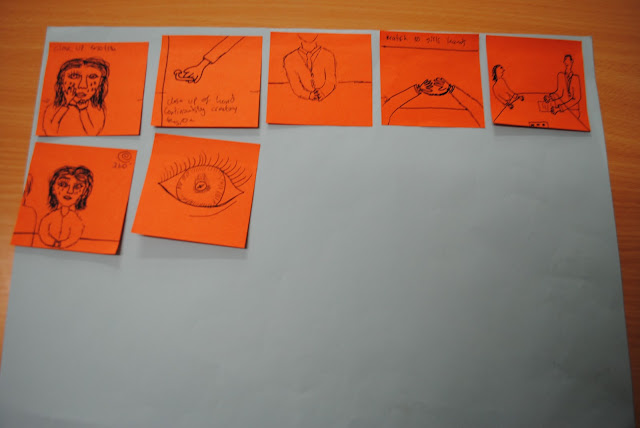Film industry- Production
Production companies are in charge of a lot of tasks. These include:
-creating the plot of the film
-hiring the casting of the crew
-making the film
-finding sponsors
To do these things they require, large amounts of money. This money will come from sponsors, production partners and private companies who will invest in the film.
There are many production companies universes, however the majority are American. Examples of these are Summit Entertainment, Universal Pictures, Fox Search Light and Paramount Pictures.
Production companies are usually in a contract with a corporate entity. This provides a production company with a director, assistant director, location manager, production manager, casting director, director of photography, costume designer, make-up and hair designer, story board artist, choreographer, director of autography. All these are vitally important for the making for a film.
5 main stages of production
Development – the writing of the script. This is done with the director; this is to make sure this is commercially viable.
Pre-production- the production company hire the casting crew. The crew is hired first; this is to make sure they have everything needed. This is so they are able to negotiate prices of actors.
Production- The film is made.
Post-Production- after the film has been made editing is done to add sound and visual effects. This is tracks and dialogue.
Sales and distribution – the film is shown to potential buyers. It then gets shown in cinemas and released on DVD. However not all production companies do the sales and distributions and this is done by another private company hired specifically for this.
Distribution
There are many film distribution companies including:
-Touchstone Pictures
-Warner Bros
-20th Century Fox
The jobs of these companies are to release the film to the public and to bring an audience for the film. There are many different ways in which the distribution company can distribute the film. These include:
DVD (Box sets)
Cinema
Internet (YouTube)
Film Sites (Netflix, Love film)
Distribution companies are closely linked to production companies. This is vitally important as the production companies need to keep on their good side. This is done because the distribution companies decide how the film is shown to the public so by keeping on their good side, they can make your film look a lot more attractive and draw in a bigger audience.
Example of films and their distribution company
Paranormal ActivityProduced by: Oren Peli
Distributed by: Paramount Pictures
Box Office: $194 Million (Worldwide)
Marketing
Trailers Trailers are the main type of marketing for an up and coming film. Trailers are made to draw in an audience by revealing a little amount of information about the plot. Trailers are a prime key to making a film well known and to be noticed by the public. This will make the public want to go see it.
Magazine Cover
Magazine covers are used heavily in film production. This is because they are wide spread and seen by a large percentage of the public. They use magazine covers as they can have a wide variety of images and text all in one place. This means they can advertise the actors as well as scenes at the same time. This draws masses of attention towards the film creating a bigger fan base and getting more people to go watch the film.
ExampleMagazine: Entertainment Weekly
Cover:






































